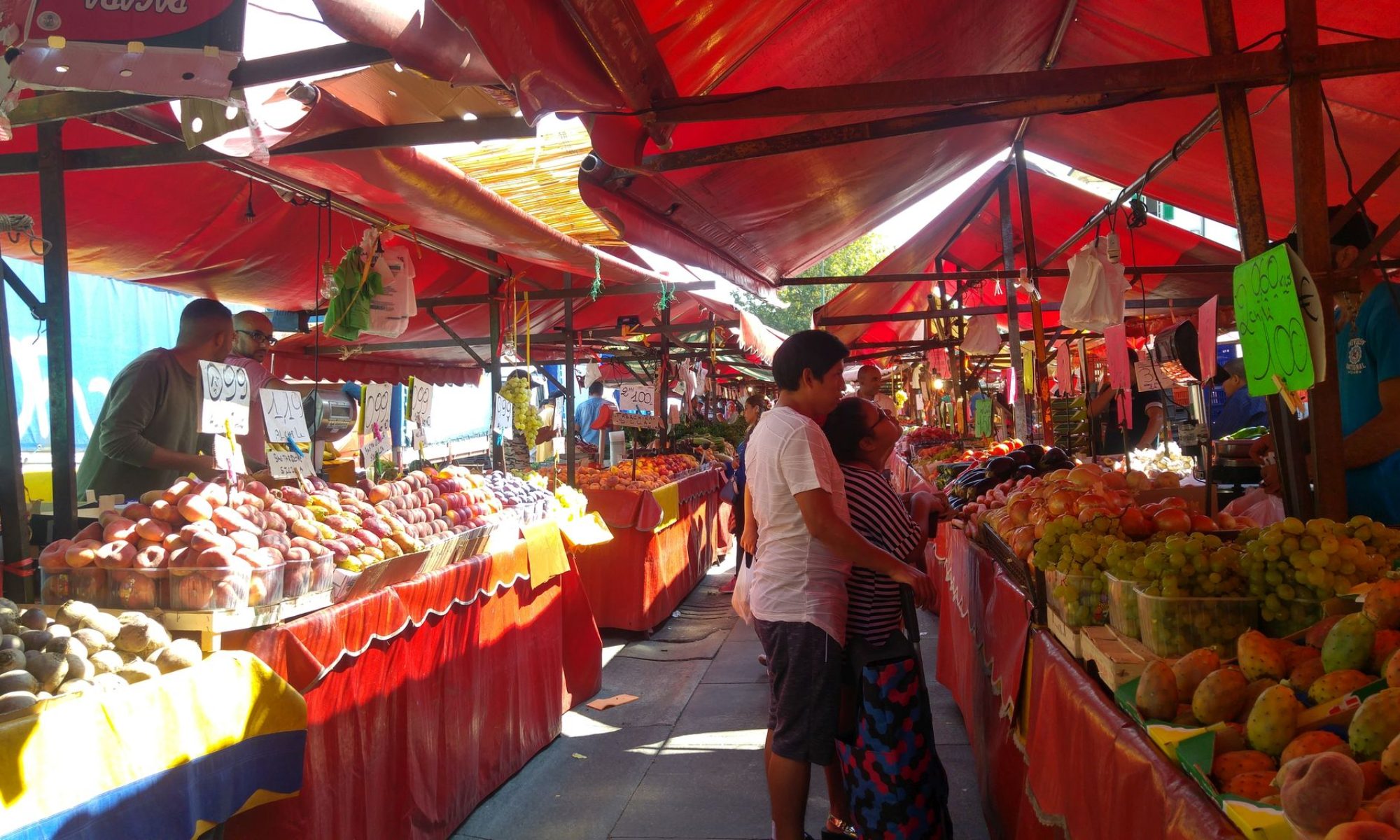Saturday, 5th September, 2020
In ‘normal’ times every now and again we would go to Canary Wharf to get our Toronto fix. It has that Toronto look and no wonder. Its earliest buildings were built by the Canadian company Olympia & York. There are even street names and apartment and shopping complex with Canadian influences. Everything is very modern and there’s even an underground shopping concourse. But we haven’t been for a very long time.
We had an idea that the weekends would be very quiet in the area and we’d be able to walk around and look at the river. And so we jumped on the 277 bus that takes us from Hackney Town Hall all the way to Canary Wharf DLR station.


On the way, we pass through Victoria Park Village, Victoria Park itself, and Mile End. Victoria Park was my closest childhood park. I loved the playground there and also the pond. My grandfather would take me fishing at that pond. We’d buy maggots and mealworms in a little shop along the Roman Road and off we’d go. On the way down to the docks (where Canary Wharf is built) we pass by my old childhood home of (the now demolished) Lessada Street, just off Roman Road, and then down under the railway bridge where where the First Flying Bomb fell on London on 13 June 1944. It’s also where I saw a strange and scary site when I was about three years old.
I was walking with my dad – I loved those walks – and saw a fire under the bridge. There was a man and a motorcycle lying there in the hollow and they were alight. I asked my dad about it and he told me it was a guy (for Guy Fawkes Day) and hurried me on. When I was 14, I told my mum what I remembered and that I was sure it was a motorcycle fatality. She looked a little white and then confirmed it. She told me that my dad had hoped I would forget and never to tell me. He had been very shaken. She then asked me never to tell him that I knew. I kept my promise.
I didn’t take photos after Victoria Park. Photos from the bus are never very satisfying but it does mean there’s a gap.
Further down the road, we ride along Burdett Road. Here I have memories of visiting my great aunts – my mum’s mum’s sisters – in their tall, grand houses, or so they seemed in those days. And I remember the little Jewish grocer where they had barrels of olives, herring, pickled cucumbers – with a name something like Vlit Vlosh…who knows. And on down to Poplar, past the canal, and you see the river bank.
Except today there were dozens of people. At our stop, we noticed the same. Lots of people. We’d be wrong in our guess that it would be dead down there. They obviously all had the same idea that we had, to be somewhere ‘quiet.’ Oh well, nothing to do but carry on and see whatever we could.
The main financial district of London is in The City, the original square mile. Canary Wharf is the secondary business district. It’s on the Isle of Dogs and is named after one of the quays of this dockland area, No. 32 berth, where fruit was unloaded from the Canary Islands. And that’s why it’s called the Isle of Dogs. The Canary islands gets its name from the large dogs found there by the Spanish (Canarias from Canine). Canary Wharf is just one piece of the Docklands area and it has many tall buildings, including what was once the tallest (now third tallest) in the UK, One Canada Square, with its iconic pointed roof. Docklands was once just that, a large area of docks on the River Thames. As a child, I learned it was an area that was to be avoided, and also the place where the majority of bombs were aimed during the second world war. East India Docks, West India Docks – dangerous and dirty or not, it all sounded very exotic to me.
These once dangerous, dirty docks are now sparkling and modern roads, full of gleaming office towers and quayside cocktail bars. For years it was like a secret part of London known only to bankers and the like, but based on the number of people we saw here, I’d say the secret is out.




















We’d outstayed our two window for getting home again, so home we came. Meanwhile, I found a good interactive map of the Canary Wharf area at https://canarywharfmap.com/ if you’d like to have an overview.





































































